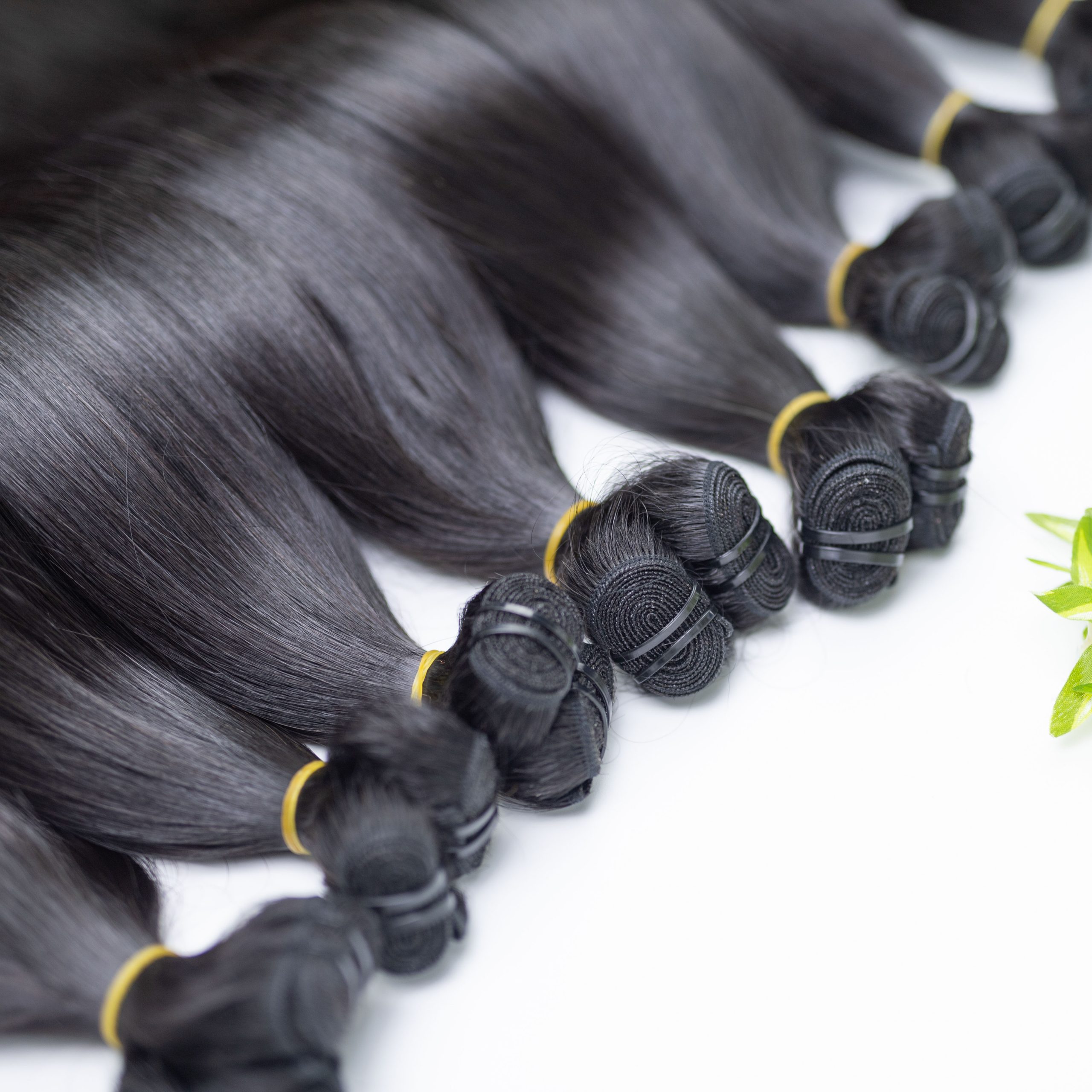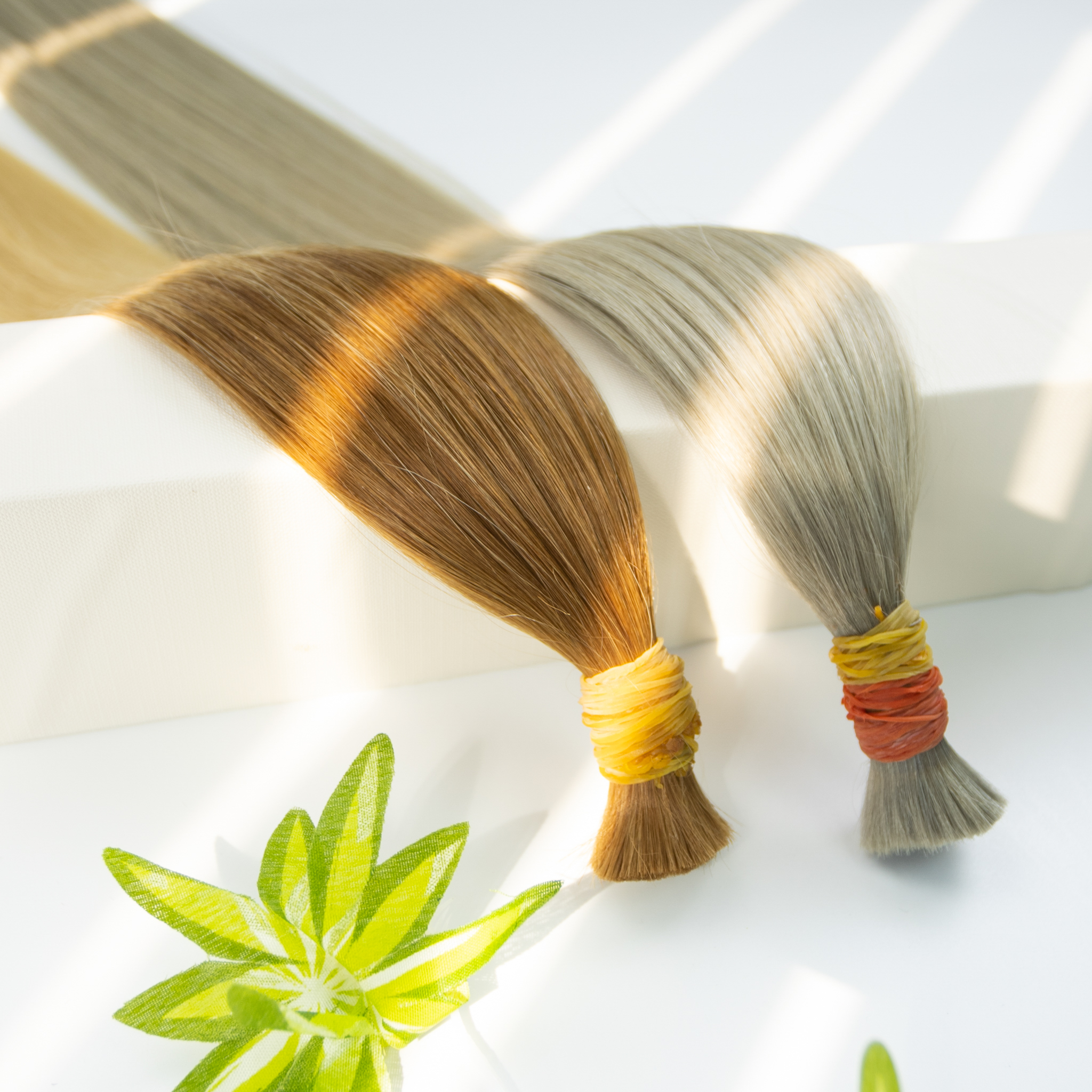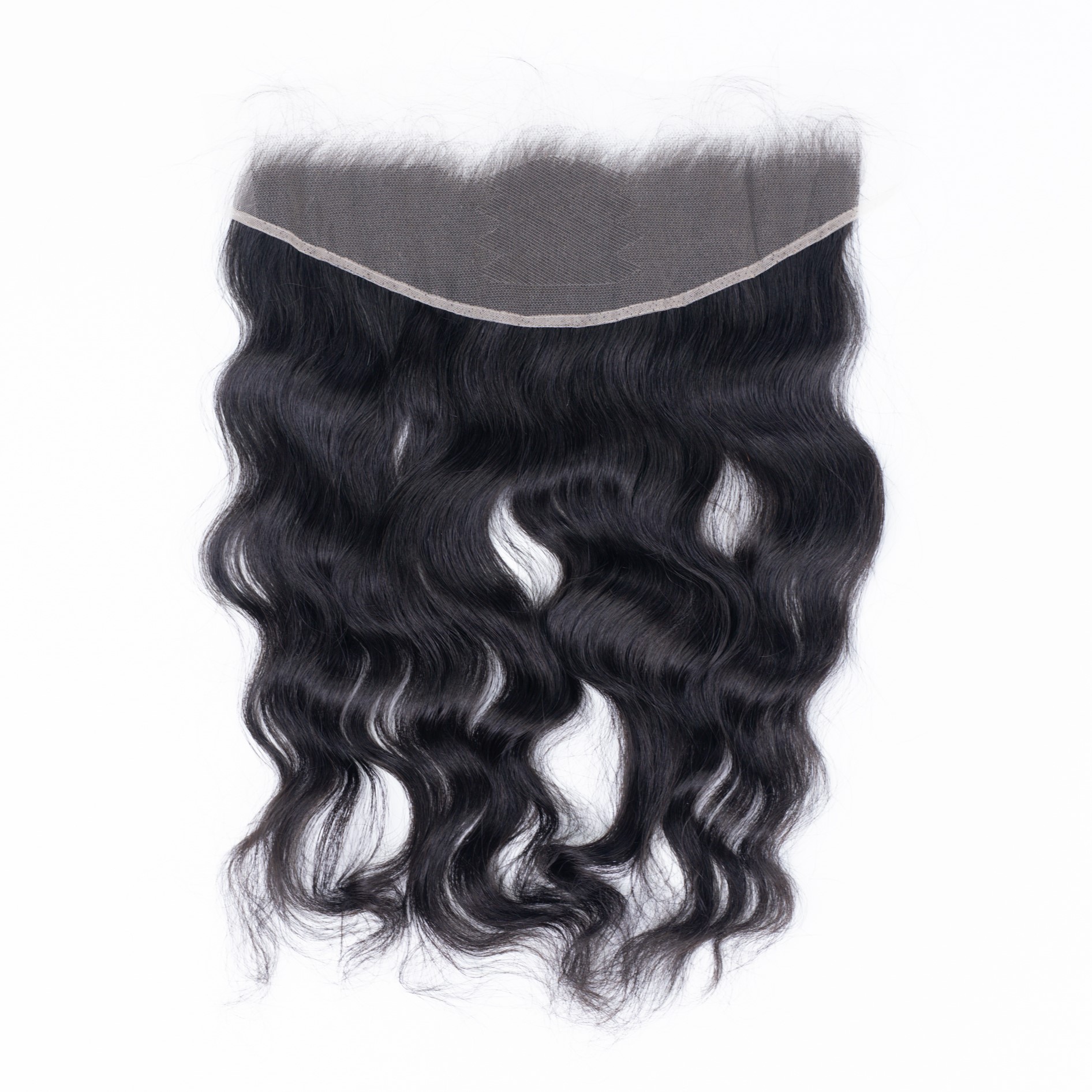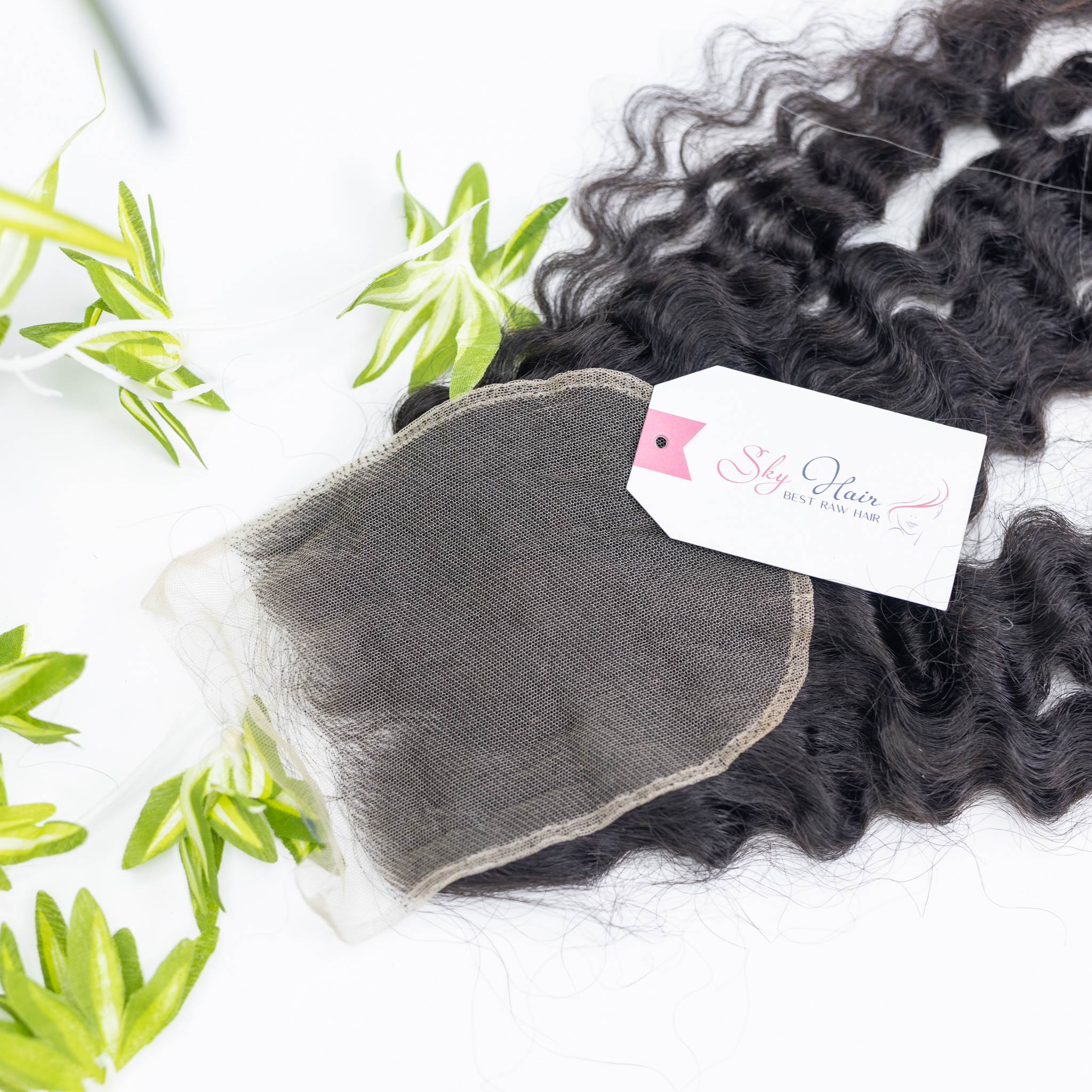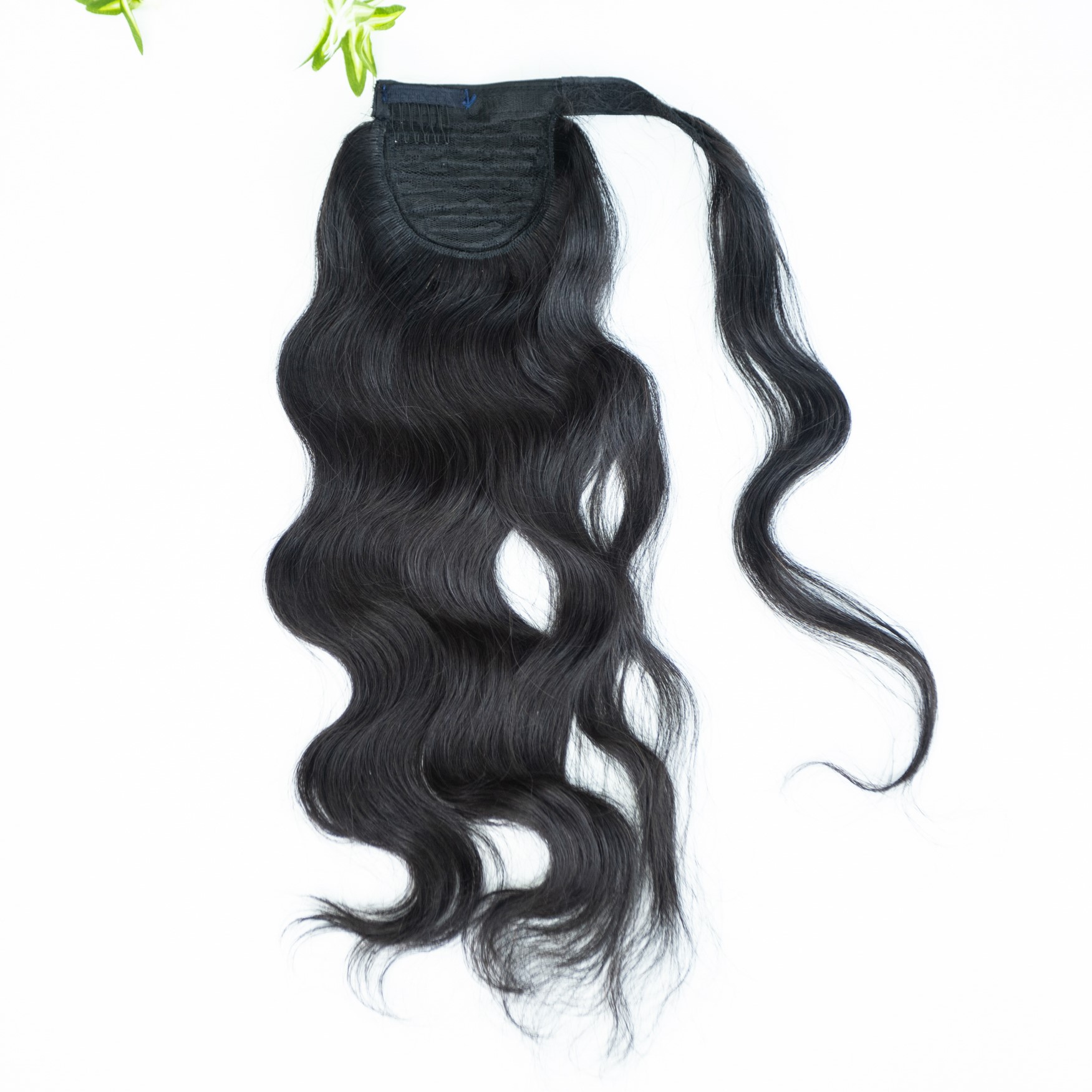The human hair extension business is a multi-billion dollar industry, but have you ever seen hair extensions manufactured? Probably not, hair extensions are manufactured overseas, mostly in Vietnam, India, China, or South Asia. So how can we tell if we are getting what we are paying for when purchasing hair extensions? Following this article, you will find what you need to know about hair extensions.
How to Know If Your Hair Extensions Are Good Quality?
Donor hair should be collected carefully to ensure the cuticle is aligned. Three major categories of hair have different qualities.
Virgin Hair
Virgin hair is collected from the donor in a ponytail, and it is not processed with any chemicals. If this hair is collected from India, or South Asia it is most likely a dark color. A manufacturer will sell this hair in bulk, sewn onto a track, keratin tipped, or taped. Virgin hair can come from one donor that feels more natural and responds like normal hair but the price is not cheap.
Raw hair
Raw hair, also known as “raw virgin hair,” refers to human hair that has not been processed or treated with chemicals, heat, or other forms of manipulation. It is 100% natural hair collected from donors, often from countries like Vietnam, India, China, and Southeast Asia.
Remy hair
Is collected from multiple donors, but the collectors are careful to ensure that the cuticle is aligned in one direction. Both virgin and one-donor hair are considered remy. Remy hair is collected from floor scraps or brushes, it is considered inferior and may tangle easily.
How to Test for Good Quality Human Hair Extensions
Scrunch Test: While holding the hair by the top, place your other hand underneath the ends and push them up until they meet the roots. Rub your hands together to cause slight friction in the hair, then release. Run your fingers through the hair. Your fingers should slide freely through the hair. The more it snags and gets caught, the lower the quality of hair.
Grip Test: Hold the hair at the top, near the weft banding, or secure it with a hair tie if it is bulk hair. Slide your hand down the hair and grip it about a quarter of the way down. Repeat this at the mid-way point and then three-quarters the way down, grip it just above the tips. Poor-quality hair will be noticeably thinner at each step of your grip test. Higher-quality hair will be almost the same thickness all the way through.
Wet Tangle Test: A simple way to determine good quality hair extensions is to perform a wet tangle test. This involves holding the extensions at the root and swishing them through shampooed water to replicate the washing process. After doing this several times, we then rinse the hair thoroughly in clean water. If hair cuticles have been inverted with roots and ends now at opposite ends, the hairs will creep up on each other creating a tangled knot near the roots that cannot be removed, even with brushing and conditioner. This tangling occurs because the edges of the cuticles are inverted and catching on each other creating friction, rather than laying flat in a uniform direction like fish scales.
Aftercare products: With processed hair, it is important to use the correct aftercare products that will prolong the lifespan and provide enough hydration to the hair as generally most extensions have been chemically altered. Virgin unprocessed hair can be a little more forgiving as it has never been processed or chemically altered however it is still important to be using the correct products for the hair type and color, if required.
